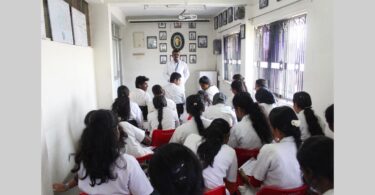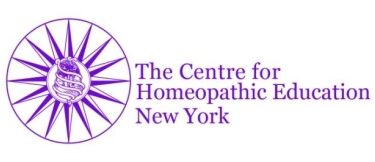The Academic Department Library at the Glasgow Homoeopathic Hospital claims to hold 19,000 scientific papers written on the subject of Homoeopathy for human use. In this article we’ll look at the human studies done on this subject, not the 19,000 mentioned, as this may be more information than you need, but some of the more high profile clinical trials that have been conducted in the last few years.
One of the first and most important of these was not a clinical trial as such, but a retrospective view of the differences between the mortality figures of the European homeopathic hospitals and orthodox medical hospitals seen during the cholera outbreak in Europe during the mid 1800’s. During this outbreak in Vienna for example, 30% of the cholera sufferers sent to hospitals practicing orthodox medicine were cured of this disease, whereas homeopathic hospitals operating in the same area had a cure rate of 67%. Much higher rates of cure by homeopathy were reported for other areas in Europe1. Whilst there may be many variables at work here that could have influenced these figures, they gave a very early indication of the usefulness of homeopathy.
Over 100 years later in 1986, Dr David Reilly of the Glasgow Homoeopathic Hospital published an article in the Lancet discussing his research on the use of homeopathic potencies of mixed grass pollens versus placebo, in the treatment of 144 people suffering from hay fever2. The use of homeopathic dilutions of the pollens showed a significant difference from the use of placebo. It’s noteworthy that the mixed pollens were given in a 30C potency. This potency is several dilutions less than that which would, mathematically, contain no pollen at all. Therefore, physically, these medicines contained absolutely no active ingredients.
David Reilly was at it again in 1994 with another placebo controlled trial looking at the use of homeopathic medicines with patients diagnosed with allergic asthma3. Once again, homeopathy proved superior to placebo, and once again, medicines in the 30C potency range were used. One of the criticisms often leveled at clinical trials using this system of medicine is that they’re poorly designed. This last trial of Reilly’s was so well designed and conducted that the editors of the Lancet commented that “either there is something amiss with the clinical trial as conventionally conducted, or the effects of homoeopathic immunotherapy differ from those of placebo…carefully done work of this sort should not be denied the attention of Lancet readers.” 4
In 1991 the British Medical Journal released an article written by three epidemiologists from the Netherlands5 that has been a frequent source for discussion ever since it was published. In it, the authors looked at 105 clinical trials on homeopathy. Of these, they found that 81 showed a statistically significant benefit from homeopathy. The authors also divided these trials into those covering specific conditions, to compare the success or otherwise of this therapy for particular diseases. For example, 5 out of 5 of the clinical trials for hay fever showed a positive result and 8 out of 10 trials looking at mental or emotional problems showed a beneficial effect, while 6 out of 7 trials for infection showed that homeopathy could effectively relieve the problem.
In 1994 the journal Paediatrics published a paper by Dr Jennifer Jacobs6 comparing homeopathic medicines with placebo (for childhood diarrhea), using double blinding to eliminate the possibility of either the patients or the prescribers knowing whether they were using placebo or the medicines. To further increase the reliability of the data the medicine and the placebo were switched over between the 2 groups. The researchers found that both duration and severity of the disease was reduced by homeopathy.
Finally, in 1997, Dr John Lamont published a study in the British Homoeopathic Journal which outlined the details of a study looking at the effect of homeopathy on Attention Deficit Hyperactivity Disorder7. Again, this was placebo controlled and double blinded. Significant improvement occurred with the treatment group over the placebo group. The medicines were selected via a computer program, and of these, the remedies Stramonium and Hyoscyamus were among the main ones prescribed.
Visit Robert Medhurst – BNat DHom – at his website : adelaidehillsnaturopath.com.au
REFERENCES
1. Leary, Cholera 1854 Update, Brit Hom J., April 1994, 83,117-121.
2. Reilly, et al., Is Homoeopathy a Placebo Response?, Lancet, 1986, 881-886.
3. Reilly et al., Is evidence for homoeopathy reproducible?, Lancet, Vol 344, December 10, 1994, 1601-1606.
4. Lancet, Vol 344, December 10, 1994, 1585.
5. Kleinjen et al., Clinical Trials in Homoeopathy, BMJ, 1991: 302, 316-23.
6. Jacobs, J, et al, Treatment of Acute Childhood Diarrhoea with Homeopathic Medicine: A Randomised Clinical Trial in Nicaragua, Pediatrics, Vol 93, No 5, May, 1994, 719-724.
7. Lamont, J., Homoeopathic Treatment of Attention Deficit Disorder, Briti Hom J, October 1997, Vol 86, 196-200.




